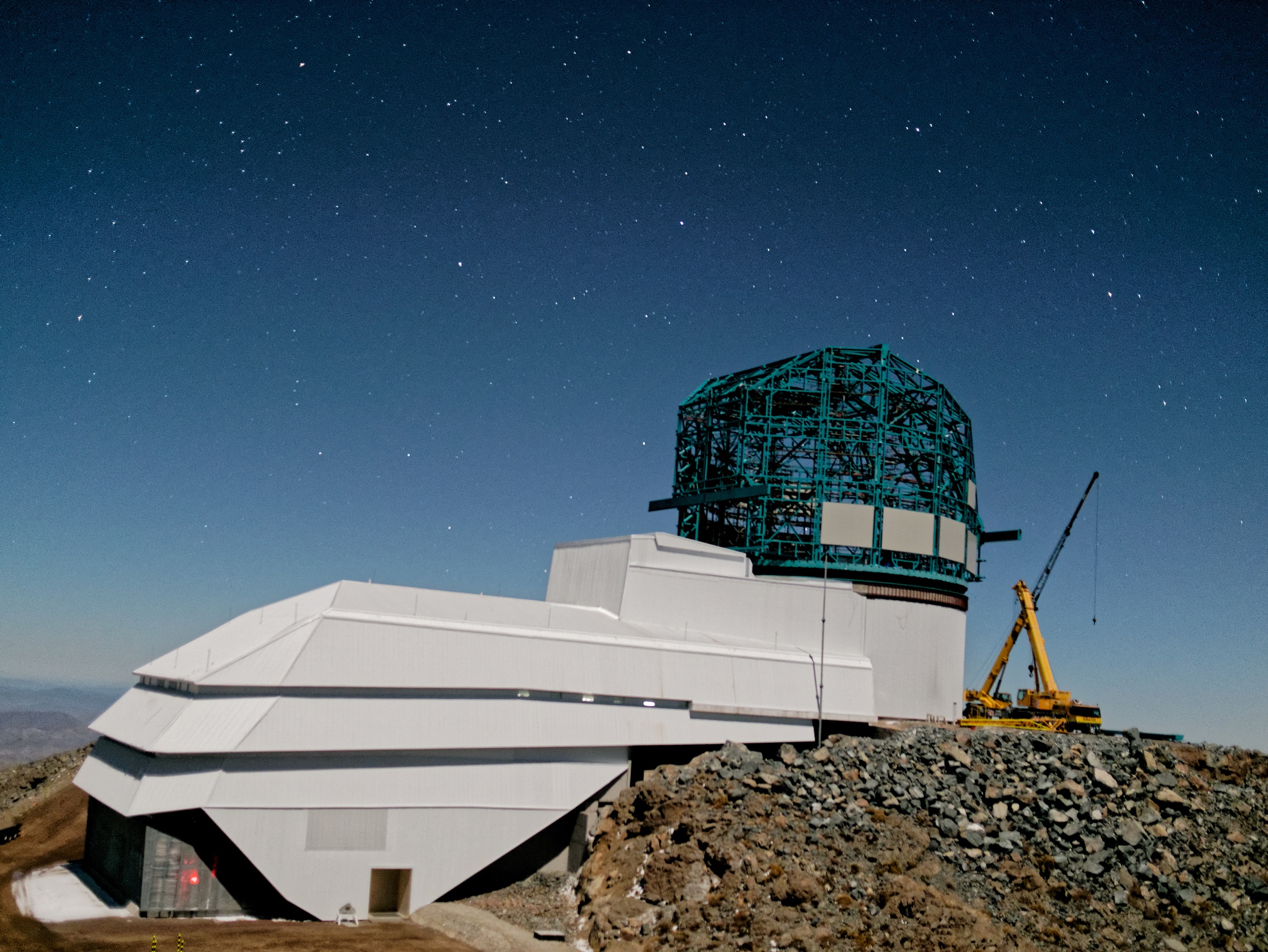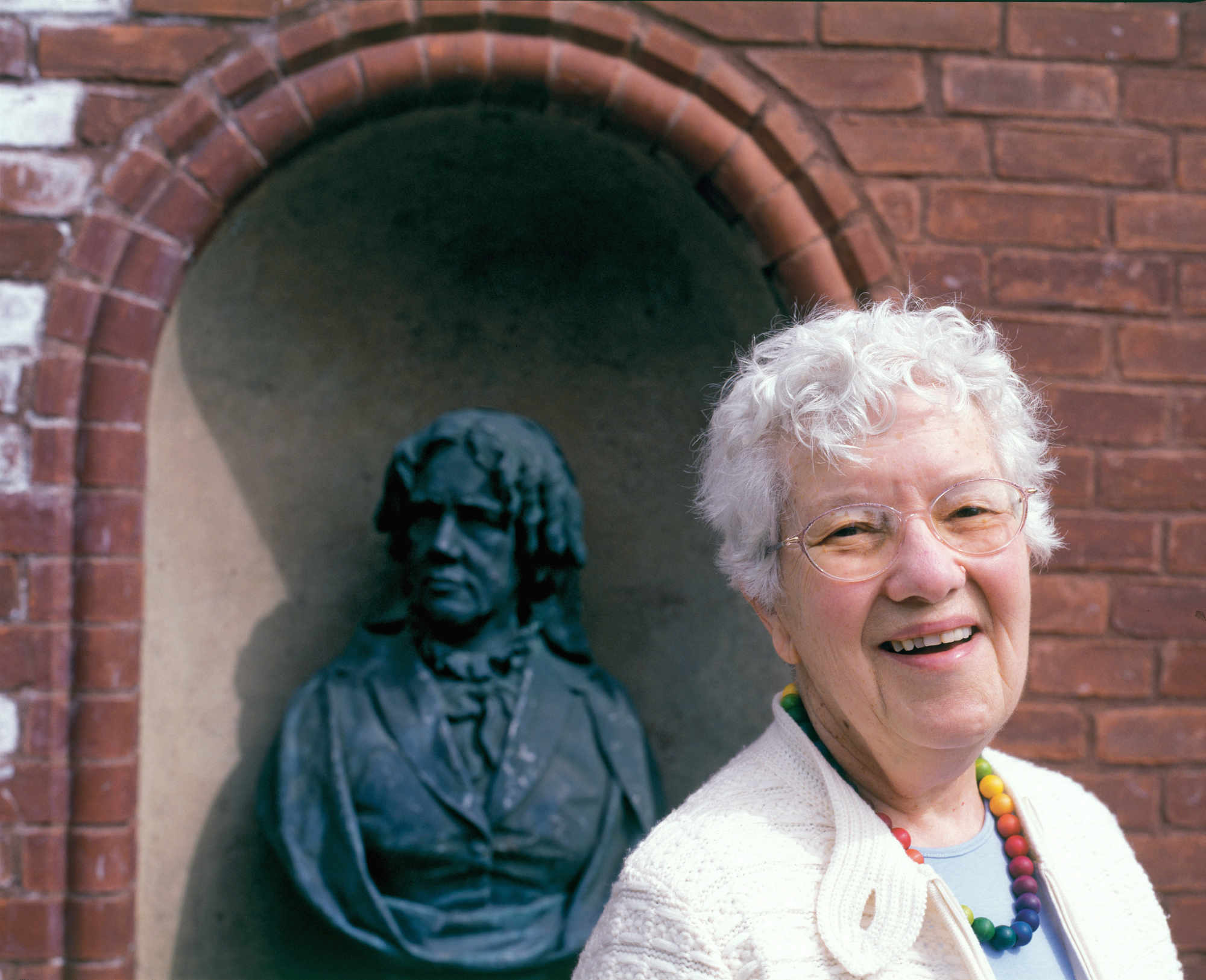Fitting Tribute: Vera C. Rubin Observatory Begins Scanning the Skies in 2022Vassar Alum Broke New Ground on Dark Matter
Fitting Tribute: Vera C. Rubin Observatory Begins Scanning the Skies in 2022Vassar Alum Broke New Ground on Dark Matter
When noted astronomer Vera Rubin ’48 accepted the Distinguished Achievement Award from the Alumnae/i Association of Vassar College (AAVC) in 2007, she said the college had enabled her to acquire “the confidence that I could learn anything I wanted to know.”

Years after she graduated from Vassar, Rubin discovered something no one else on the planet knew. Her study of the rotation of galaxies indicated that they contained some hidden gravitational force—dark matter—that led astronomers to reimagine how the universe was structured.
Rubin died in 2016 at the age of 88, but her name is enshrined in the annals of astronomy with the American Astronomical Society Vera Rubin Early Career Prize, the Vera Rubin Ridge on Mars, and an asteroid named 5726 Rubin. And soon, one of the most important observatories in the world, the site of the Large Synoptic Survey Telescope high in the Andes Mountains in Chile, will be named the Vera C. Rubin Observatory. Scheduled to open in 2022, it will be the first national observatory to be named for a woman. Its first mission will be a decade-long survey of the sky that will include a study of dark matter.

Debra Elmegreen, Professor of Astronomy on the Maria Mitchell Chair, said honoring this distinguished Vassar alum in this way was eminently appropriate. “The telescope now named for her will survey the sky every few days over and over, accumulating data on billions of stars in our galaxy and of billions of galaxies,” Elmegreen said. “Through their distributions, astronomers hope to observe the influence of dark matter on cosmological scales. So this telescope is a fitting way to honor Vera for her amazing insights and discoveries.”
Elmegreen said the Rubin Observatory will record transient events such as near-Earth asteroids and supernovas, and it will trigger follow-up observations with other telescopes on the ground and in space. “Thus, just as Vera led the way in her groundbreaking work,” she said, “so the Rubin Observatory will lead the way for multi-messenger astrophysics today.”
Elmegreen noted that Rubin had chosen to attend Vassar in large part because she was aware of Maria Mitchell’s pioneering role for women in astronomy. “Vera was so grateful for her Vassar education that, in her later years, she often returned to campus to visit and inspire our students,” she said. “She set up an endowed fund in the Physics and Astronomy Department so that our students could travel to observatories and laboratories to carry on their own research.”